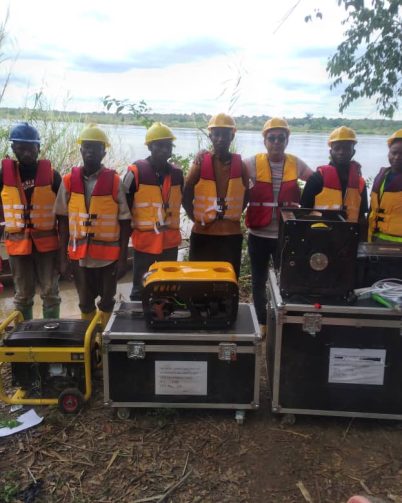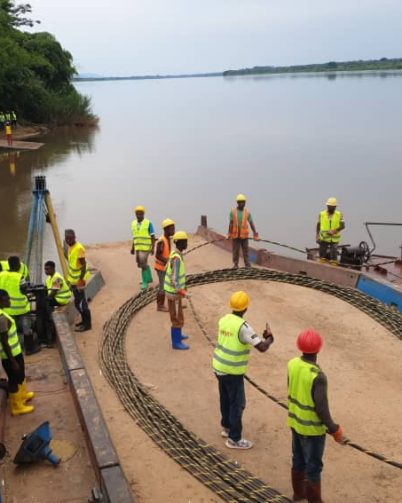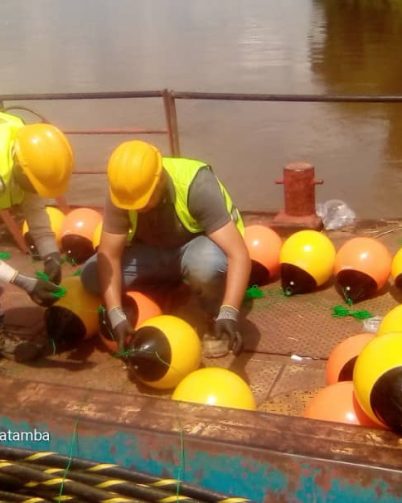Services
Special Services

Under ocean Cables
Horus Power and Solutions has developed a comprehensive training program for technicians and engineers, featuring a multi-faceted approach incorporating theoretical study, practical field experience, and e-learning methodologies. In addition, we have training centers in Rwanda, aimed at identifying and selecting promising trainees with a willingness to undergo rigorous training, equipping them with the skills and knowledge necessary to become skilled technicians and engineers.
Crossing Services
Horus, a company with many advantages including river crossing using Horizontal Directional Drilling (HDD), is known for its expertise in underground infrastructure solutions.HDD involves tunneling horizontally below the river bed, allowing fiber cables and duct to be installed without disrupting the flow of the watercourse or causing significant disturbances to the surrounding environment.
Horus is a leading company in the development and operation of remotely operated vehicles (ROVs). ROVs are unmanned underwater vehicles used for various purposes such as underwater trenching and under ocean cable installation, inspection, maintenance. Horus prides itself on its advanced technology, innovative designs, and exceptional performance in the field of underwater operations.
Horus Company is characterized by its expertise in direct laying underwater technology, which involves the installation of under ocean cables directly on the seabed.
Through its expertise and advanced equipment, Horus Company ensures a precise and efficient laying process, minimizing the environmental impact and maximizing the longevity of the installed infrastructure
Through its expertise and advanced equipment, Horus Company ensures a precise and efficient laying process, minimizing the environmental impact and maximizing the longevity of the installed infrastructure
Horus Company ensures safe and efficient aerial cable river crossings. The company designs and constructs support structures, such as towers or poles, to span the width of the river, providing a stable pathway for the cables. These structures are often made from durable materials like steel or reinforced concrete, and wood ensuring longevity and resistance to environmental conditions.





